Just a week after the Pentagon halted certain arms shipments to Ukraine citing concerns over US military readiness, President Donald Trump has announced a resumption of deliveries, reaffirming America’s support for Kyiv while navigating a delicate diplomatic tightrope with Moscow. The decision marks a significant shift in tone from the temporary freeze, which had stirred anxiety both in Washington and among US allies in Eastern Europe.
“We’re going to send some more weapons. We have to. They have to be able to defend themselves,” Trump told reporters during a high-profile dinner with Israeli Prime Minister Benjamin Netanyahu. His comments suggest a renewed urgency, acknowledging the heavy toll the war is taking on Ukrainian forces. “They’re getting hit very hard now… So many people are dying in that mess,” he added.
The announcement comes after Defense Secretary Pete Hegseth, a Trump appointee and longtime advocate of military restraint, ordered a temporary pause in shipments last week. The Pentagon, under Hegseth’s direction, cited the need to assess US defense stockpiles, raising concerns that continued foreign military aid could compromise America’s ability to defend itself.
“This decision was made to put America’s interests first,” White House spokeswoman Anna Kelly said at the time. “We must ensure our troops are fully equipped and that our defense capabilities are not weakened through excessive foreign aid.”
Sean Parnell, the Pentagon’s press secretary, confirmed the resumption of arms shipments, emphasizing that the review remains ongoing. “We are sending additional defensive weapons to Ukraine,” Parnell said, while stressing that “a comprehensive review of global munitions transfers continues. We can’t give weapons to everybody all around the world.”
The resumed assistance is reportedly focused on defensive capabilities-likely including short-range air defense systems, counter-battery radars, and ammunition for artillery systems already in Ukrainian possession. However, the specifics of the aid package have not been disclosed publicly.
Ukraine reacted strongly to last week’s suspension. The Ukrainian Foreign Ministry summoned the US deputy chief of mission in Kyiv, John Ginkel, to express its concern over the pause. In a formal statement, the ministry warned that “any delay or slowing down in supporting Ukraine’s defense capabilities would only encourage the aggressor,” referring to Russia.
Ukrainian officials, already under pressure as Russian forces escalate their assaults in the Donbas and southern regions, had feared that the US pause might signal a deeper retrenchment from Western support. The recent decision to resume shipments has been cautiously welcomed in Kyiv, though trust in American consistency has been shaken.
“We appreciate the continuation of assistance,” said a spokesperson from Ukraine’s Defense Ministry, “but we urge the US to ensure that strategic reviews do not come at the cost of frontline realities.”
Trump’s decision to restart military support comes as he pursues what he describes as a bold diplomatic initiative to end the war. In contrast to President Joe Biden’s more hardline, arms-based support of Ukraine, Trump has reopened direct channels with Moscow in hopes of negotiating a ceasefire.
A senior White House official confirmed that back-channel communications with Russian officials have been ongoing for several weeks, facilitated in part by neutral European intermediaries. Trump is reportedly exploring a ceasefire framework that includes territorial negotiations and guarantees of Ukrainian neutrality-an approach that has drawn both interest and skepticism.
“It’s time for real negotiations,” Trump said during the same dinner event. “But negotiations only work if both sides feel secure. Ukraine needs to be strong at the table.”
However, critics warn that Trump’s dual-track approach-military aid coupled with diplomacy-could result in strategic confusion, with neither side certain of US intentions. “You can’t arm one side and call for peace with the other,” said retired Gen. David Petraeus in an interview with CNN. “It sends mixed messages and may reduce the chances of meaningful talks.”
The Kremlin has reacted sharply to the announcement. President Vladimir Putin reiterated Russia’s stance that Western arms supplies make NATO states “de facto direct participants in the conflict.” In remarks from Moscow, Putin said that foreign aid “will not stop Russia from achieving its objectives.”
The Russian Defense Ministry has reportedly increased its own weapons production and launched new offensives in recent weeks, possibly to gain leverage before any potential talks. Russian state media portrayed Trump’s move as evidence of Washington’s inability to commit to de-escalation.
Russian analysts have suggested that Trump’s “America First” approach may lead to a more transactional model of engagement, where support for Ukraine could be tied to broader geopolitical concessions-including limits on NATO expansion and a reevaluation of sanctions.
Trump’s decision has sparked debate on Capitol Hill. While some Republicans support the rearmament as a necessary response to Russian aggression, others worry it contradicts the administration’s stated focus on domestic priorities and military readiness.
“This flip-flop is not a strategy,” said Sen. Josh Hawley (R-MO). “We need a clear doctrine, not reactionary moves based on headlines.”
Meanwhile, Democrats accuse Trump of undermining the stability of US foreign policy. “This is what happens when diplomacy is improvised and national security is politicized,” said Sen. Chris Murphy (D-CT).
Trump, however, remains confident in his approach. “We’re not the world’s police, but we’re also not going to let people be slaughtered,” he told reporters. “We’re going to stop this war. We’re going to end the killing. And we’re going to do it our way.”
As the war in Ukraine drags into its fourth year, Trump’s recalibrated policy underscores the complexities of balancing military aid, diplomatic ambition, and domestic concerns. The resumed weapons shipments may bolster Ukraine’s defenses in the short term, but the long-term prospects for peace remain entangled in geopolitical rivalry, internal political tensions, and the enduring unpredictability of Washington’s foreign policy. Whether Trump’s strategy will yield the negotiated ceasefire he seeks-or deepen the conflict-remains uncertain.
Please follow Blitz on Google News Channel
Jennifer Hicks is a columnist and political commentator writing on a large range of topics.
us-resumes-ukraine-arms-shipments-amid-ceasefire-talks-with-russia

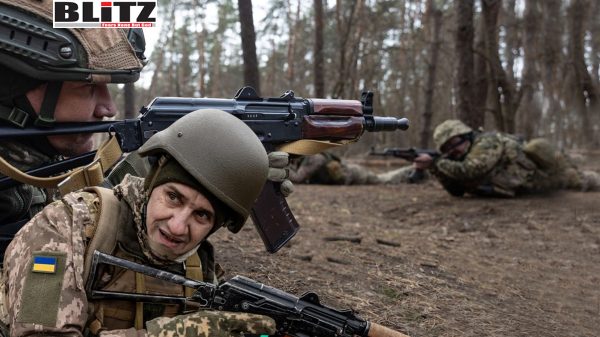

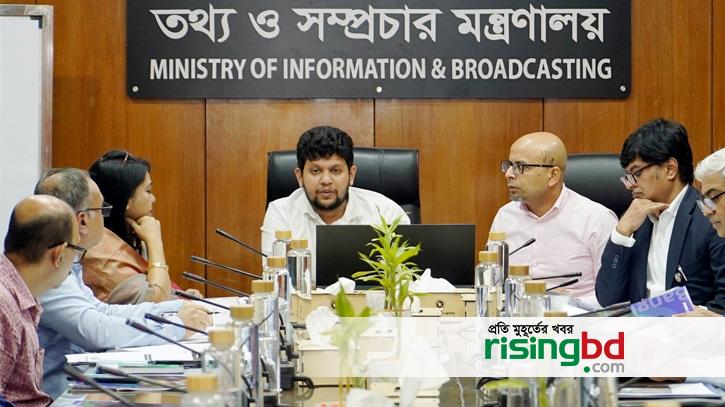
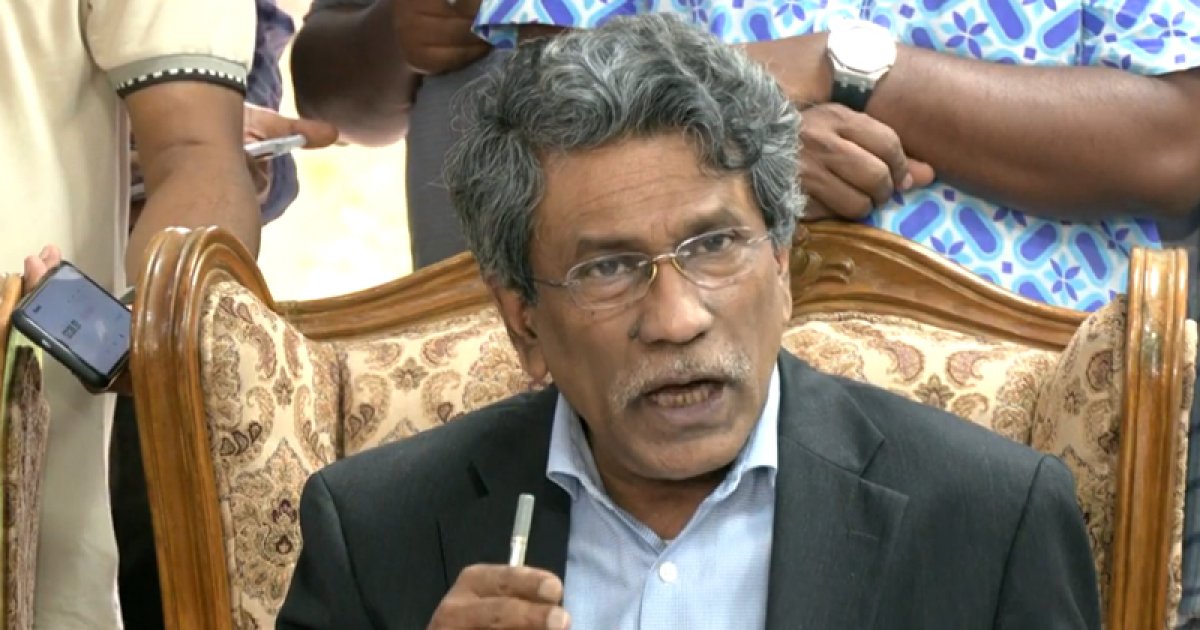
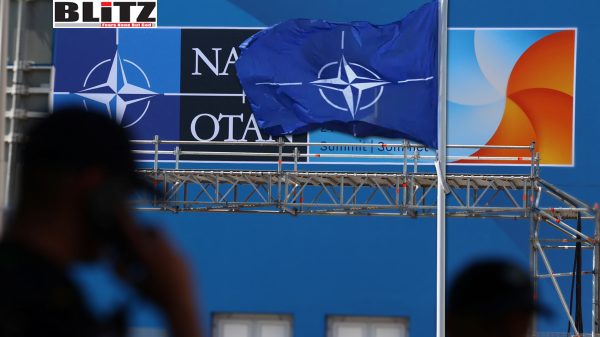



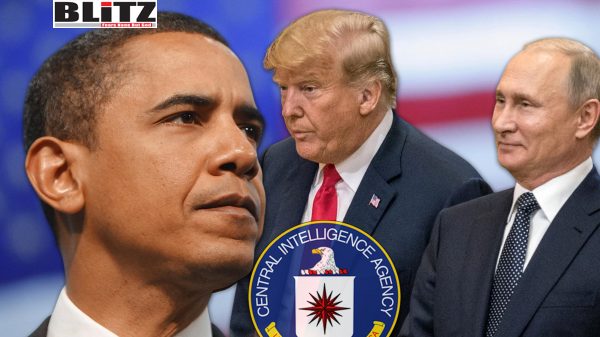


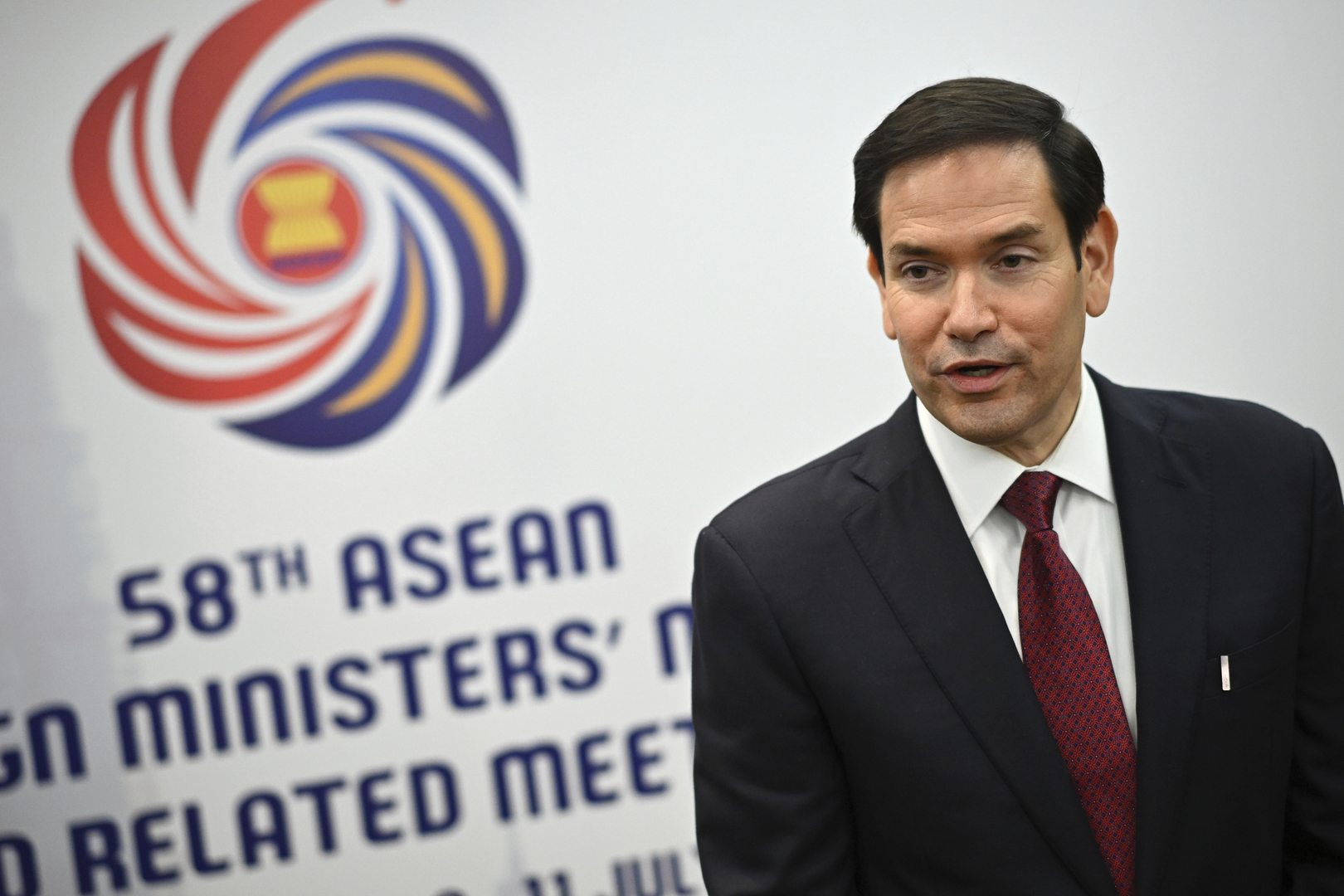


Leave a Reply